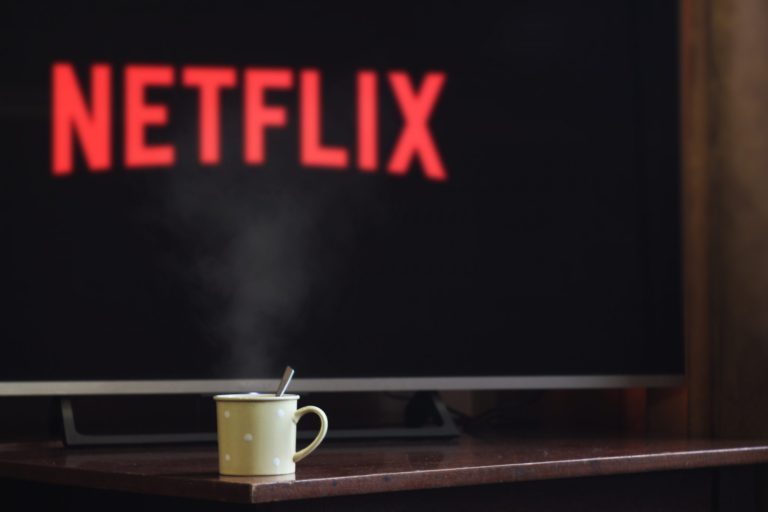

If you thought I wouldn’t use the Relays Edition as a way to further my own Gay Agenda, you’d be wrong. After all, there’s nothing that persists quite like systems of oppression and heteronormativity.
I am an avid consumer of all things gay television. I’m the type of person who will hear about a shred of representation in a six season long television show and watch the whole thing, just to see two women kiss. The issue is, shows with queer characters, particularly queer women, don’t ever last that long.
You see, one of the most popular trope in queer media is known as “bury your gays.” This refers to the phenomenon in which TV shows unceremoniously kill off their gay characters. Aside from simply pissing off queer viewers, the trope passively signifies that gay individuals can never attain true happiness and instead are destined for tragedy. It also allows producers to avoid showcasing positive examples of queer love and happiness. For a community haunted by homophobic violence and the AIDS epidemic, you might understand why this trope has never gone over particularly well. For viewers like me, always in search of the smallest bit of positive representation, it’s downright demoralizing.
That’s where the Netflix of it all comes in. Netflix, ever a liberal paragon, is trying out a new tactic, one that I have taken to calling, “cancel your gays.” While the “bury your gays” trope is all about killing off your gay characters, “cancel your gays” takes a more formal approach by cancelling the show all together, typically after a single season. The shows in question are typically centered around the lives, voices, and identities of queer women. Some recent examples of this trend include “Teenage Bounty Hunters,” “Everything Sucks,” and my personal favorite, “I Am Not Okay with This.”
When fans have pointed out the “cancel your gays” trend on social media, people usually respond in one way: Netflix can’t control what people watch. To a certain extent, this is true. Maybe the average Netflix viewer doesn’t want to watch shows centered around queer women. However, Netflix is a multi-million dollar business, with plenty of advertising revenue to go around. They have the ability to advertise on social media, in Times Square, and probably on the Moon, if they so pleased. Instead, Netflix actively seems to be choosing not to divest time and resources to these shows. I never saw promotional material about any of the three programs I listed above; if I hadn’t been so deeply invested in gay Twitter discourse, I probably wouldn’t have known they existed at all.
Without promotion, Netflix is letting these shows get lost in the algorithm, never to be seen again. And of course, when that happens and viewership is inevitably low, it gives them an excuse to stop producing the show all together. Even if this plot isn’t as genuinely sinister as I’m making it seem, as a queer viewer, it feels like no one is fighting for the voices of queer female characters on screen. Netflix makes itself out to be “woke” but they’re not putting in the actual effort to ensure effective and positive representation across it’s platform.
I’m not going to pretend like I know everything about the television industry, nor am I going to pretend like I have any power over Netflix’s business ventures. However, what I do know is the one thing I can do is continue to watch shows that put queer women at the forefront. If Netflix isn’t willing to fight for queer women on screen, I will gladly take my business elsewhere – or, at the very least, simply watch season one of “I Am Not Okay with This” for the eighth time.